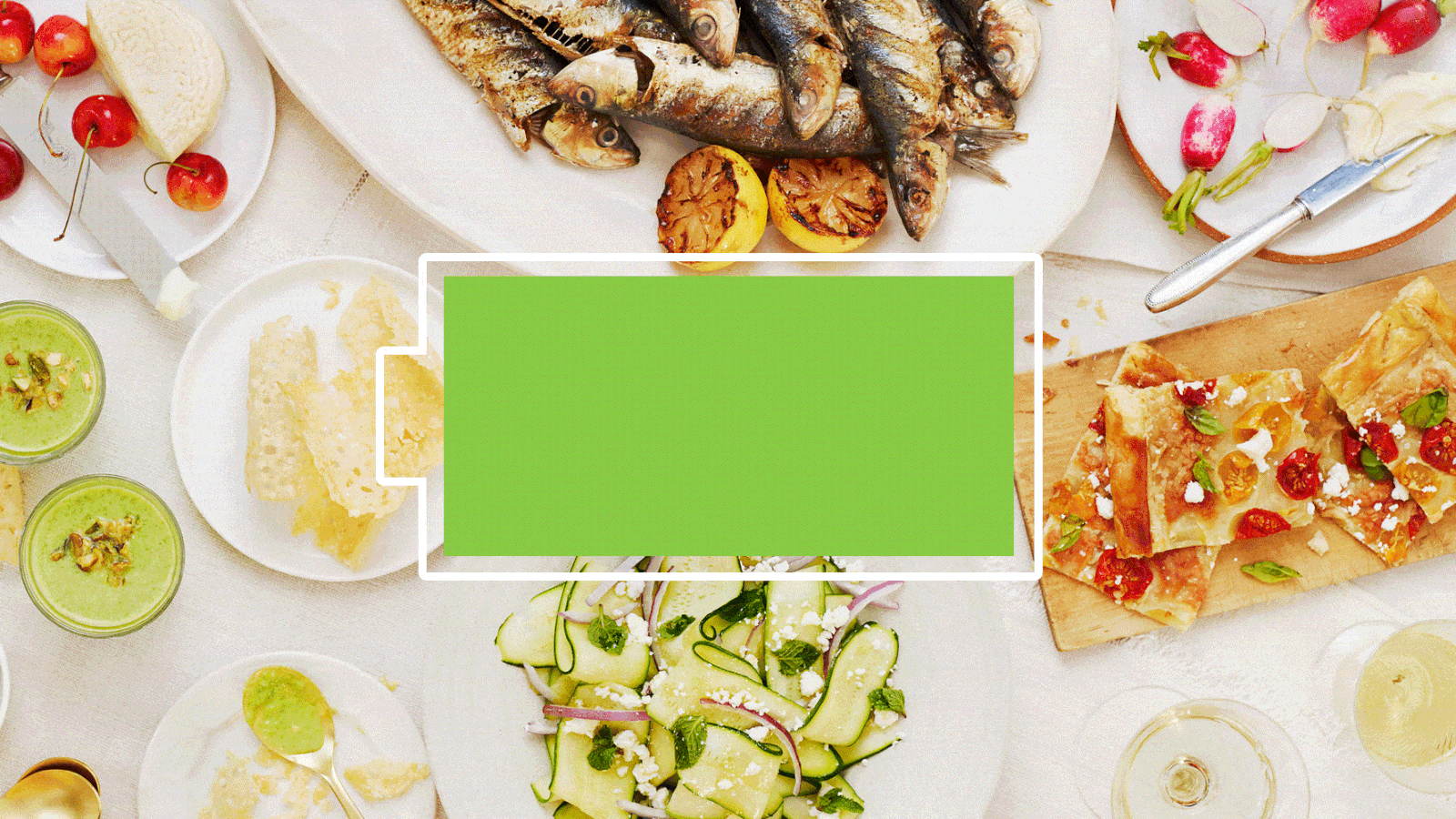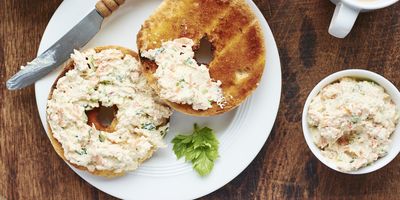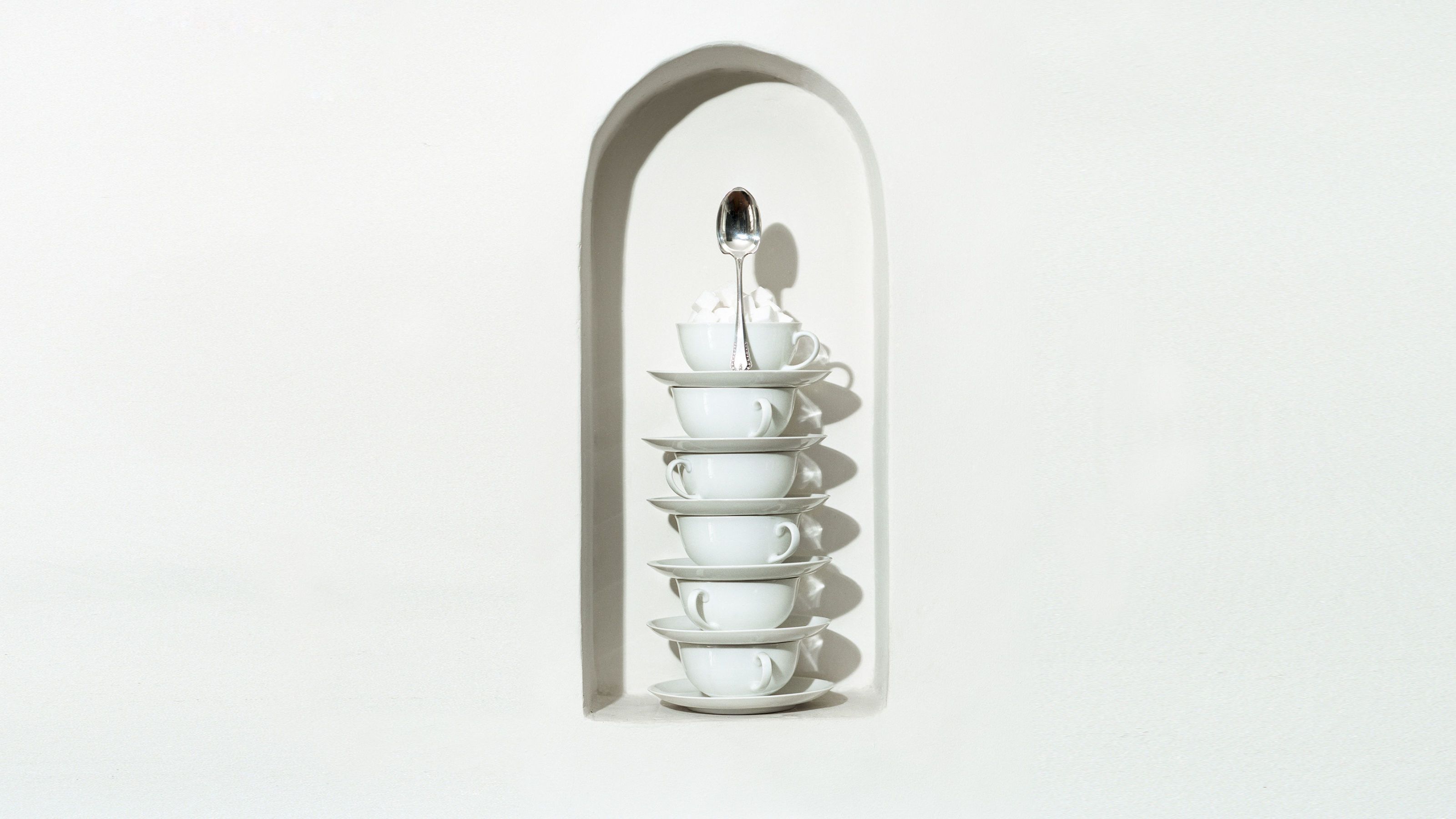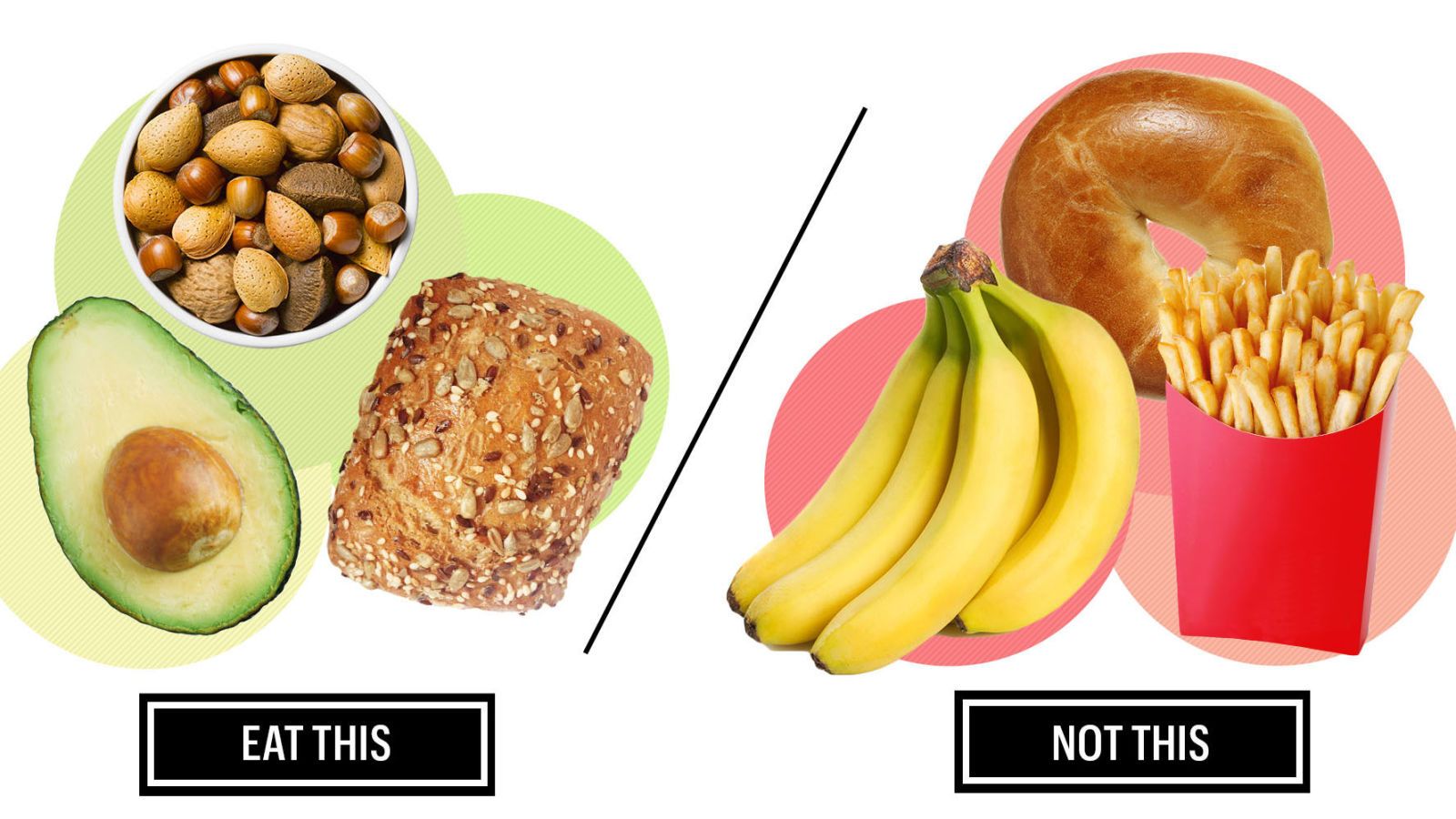4 Food Hacks That Help You Maintain Your Energy Throughout the Day
And we don't mean chugging another espresso.


You've probably heard before that at breakfast, it's wise to nix the bagel and pastry for foods that actually contain fiber and protein. Hence the Internet's obsession with beautiful smoothies, avocado toast, and acai bowls. According to Kim Kardashian's nutritionist Colette Heimowitz—VP Nutrition Communication & Education at Atkins Nutritionals, Inc.—it may not be news to you, but many other Americans have trouble identifying healthy and unhealthy foods.
Atkins Nutritionals recently conducted a survey among 1,000 American adults on basic nutrition facts as part of its Hidden Sugar Campaign. It found that most Americans—millennials especially (who scored the lowest of all age groups at 24 percent)—were misinformed on basic nutrition facts like the amount of sugar in their drinks and how certain foods convert to sugar in the body. In short, this means that most of us are likely eating foods that slow down our energy. Eeeek.
Below, we break down some of the trouble foods to look out for and the easy ways to supplement and swap them with healthy substitutes so that we're keeping on like the Duracell bunny, even at 6 p.m. on a Wednesday.
1. Stay Away from Sugary Foods.

If you want to maintain steady energy levels without dozing at your monitor after lunch, the goal is to keep a steady blood sugar level throughout the day. Among the common culprits for blood sugar spikes and energy crashes are sugary drinks like fruit juices and low-fiber carbohydrates like bagels, white bread, pasta, and white rice. Yes, in theory, fruit juice is healthy for you because it can contain vitamins and antioxidants. But Heimowitz notes that juices are also full of naturally occurring sugars that easily spike your blood sugar level.
Similarly, sports nutritionist Marie Spano, MS, RD, CSCS, CSSD, says that starchy and white white flour carbohydrates will break down rapidly in your bloodstream and cause blood sugar levels to skyrocket, making people feeling tired later in the day.
2. Supplement Your Java with Water and Food.

Anyone with a java addiction knows that it's nearly impossible tougher to get going in the morning without their standard mug (or two, or three) of coffee. But the energy rush that a cup of coffee gives you can quickly lead to a crash or "caffeine hangover."
Why? Caffeine blocks a neuro-transmitter called adenosine, that has a calming, slowing effect on the brain. When the caffeine starts wearing off, your body experiences a rush of the adenosine, which explains why you feel like a queen after a cup of coffee and more like Eeyore a few hours later.
Get exclusive access to fashion and beauty trends, hot-off-the-press celebrity news, and more.
So, if you rely on diuretics (or food and drinks that make you urinate more often) like coffee and black tea throughout the day, you should be making sure you're hydrating with water and not sipping on an empty stomach.
Says Heimowitz, "People often confuse thirst with hunger, too. You get slightly dehydrated and thirsty, and you think you're hungry. So staying well-hydrated is very important."
3. Eat More Meals in Smaller Portions.

Everybody's metabolism is unique, so there's no one-size-fits-all answer to what eating schedules work for everyone. But the act of "grazing" as Heimowitz calls it, or snacking on mini-meals throughout the day, could mean an added health benefit.
As Spano explains, "Part of it depends on the person and what they're habitually used to. The reason it's a little bit better for some to have more meals—let's say three, four, or five meals a day—is that they may feel like their blood sugar levels are more steady. That pattern of more meals is better for muscle tissue, too, since you're getting a certain amount of protein per meal and protein every three to five hours or so."
4. Tweak Your Snacking Habits.

Spano and Heimowitz say that even small changes to your food habits can make a big difference in your energy levels throughout the day. Below, some of their suggestions on what to eat and what to avoid:
Spano: "Choose more fibers like multi-grains or whole grains or whole wheat and then add a peanut butter, almond butter, or the famous avocado toast. Add something on there, protein and especially fat, that'll slow down digestion of the carbohydrates."
Heimowitz: "For breakfast, instead of having low-fat yogurt with added fruit and sugar, have a full-fat Greek yogurt and add berries and nuts to it. Instead of having orange juice, have unsweetened tea. Or even have a whole milk instead of juice. Watch what you drink. Even your choice of fruits could be simple replacements. Instead of having bananas, have berries."
Heimowitz: "A snack could be almond butter in a celery stalk or on an apple slice. Or, you could make cucumber boats filled with tuna. Or, you could have hummus with vegetables or kale chips. And then for dinner you have something like parmesan chicken with a cauliflower bake or tacos with fresh guacamole. Using lettuce cups instead of bread could be a good substitute, too."
Follow Marie Claire on Facebook for the latest celeb news, beauty tips, fascinating reads, livestream video, and more.
